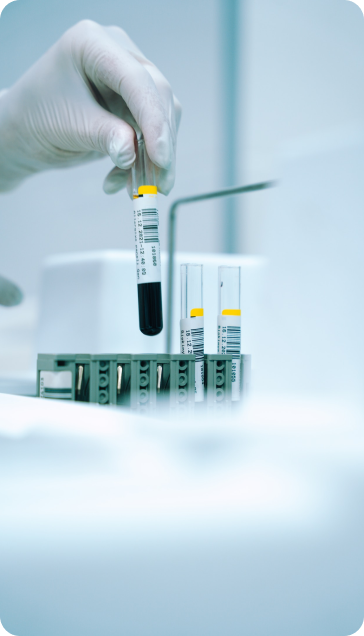
Al Borg Diagnostics
Female Infertility
What is Female infertility?
Is defined as trying to get pregnant with frequent, unprotected sex for at least a year with no success. Infertility results from female factors about one-third of the time and both female and male factors about one-third of the time. The cause is either unknown or a combination of male and female factors in the remaining cases.
What are the symptoms of female Infertility?
A menstrual cycle that’s too long (35 days or more), too short (less than 21 days .-Abnormal periods ,bleeding is heavier or lighter than usual – No period (You have never had a period, or periods suddenly stop).- Painful period -Back pain -pelvic pain and cramping may happen.
How to diagnose female Infertility and what are the laboratory tests?
Your doctor will take your full medical history and examination
- A blood test for hormone include FSH, LH, Estradiol(E2) ,TSH ,AMH ,progesterone ,prolactin ,other tests according to the medical case.
- Hysterosalpingography: during hysterosalpingography ,X-ray contrast is injected into your uterus and an X-ray is taken to check for problems inside the uterus and the fallopian tube.
- Ovarian reserve testing. This testing helps determine the quality and quantity of eggs available for ovulation. Women at risk of a depleted egg supply including women older than 35 might have this series of blood and imaging tests.
- Imaging tests/ Ultrasound
How to treat female infertility?
Infertility treatment depends on the cause, your age, how long you’ve been infertile and personal preferences. Because infertility is a complex disorder, treatment may involve significant financial, physical, psychological and time commitments. Treatments can either attempt to restore fertility through medication like Or surgery that help you get pregnant and the IVF techniques.
Check your Infertility state With Fertility Female Package




